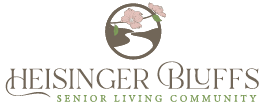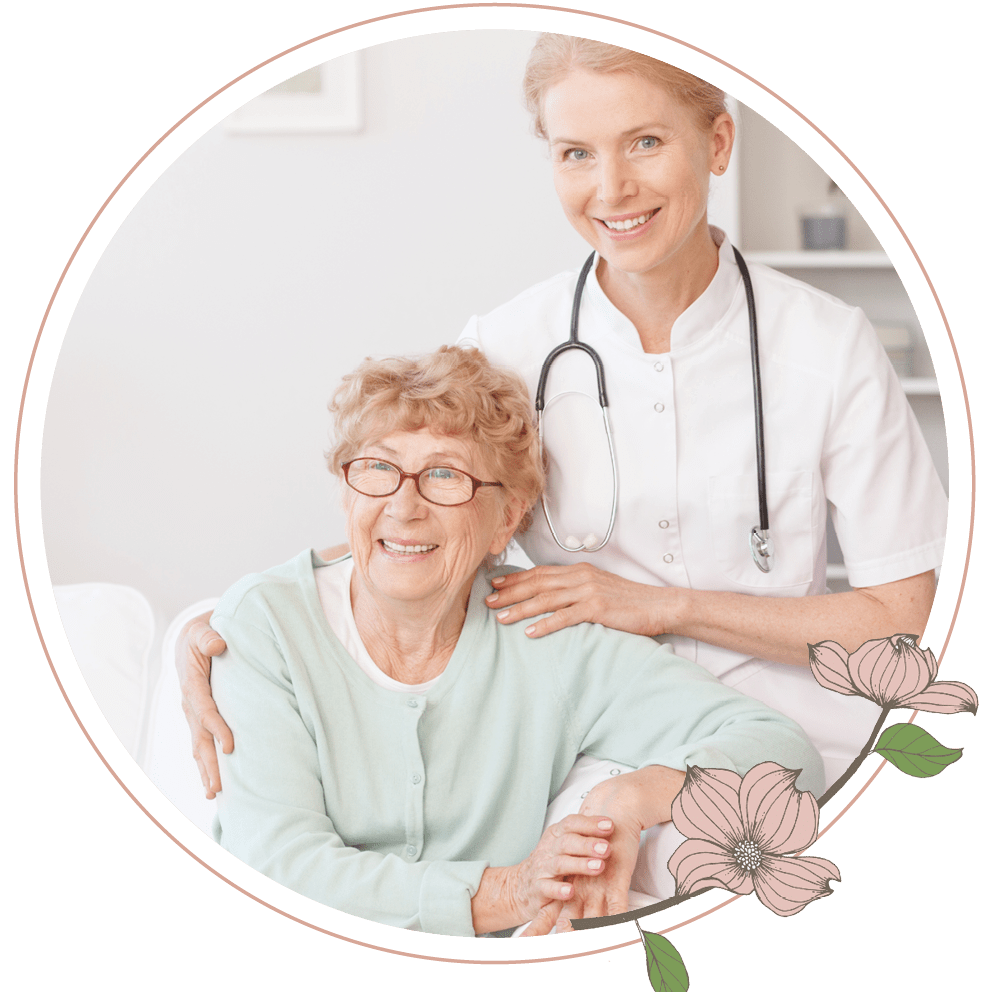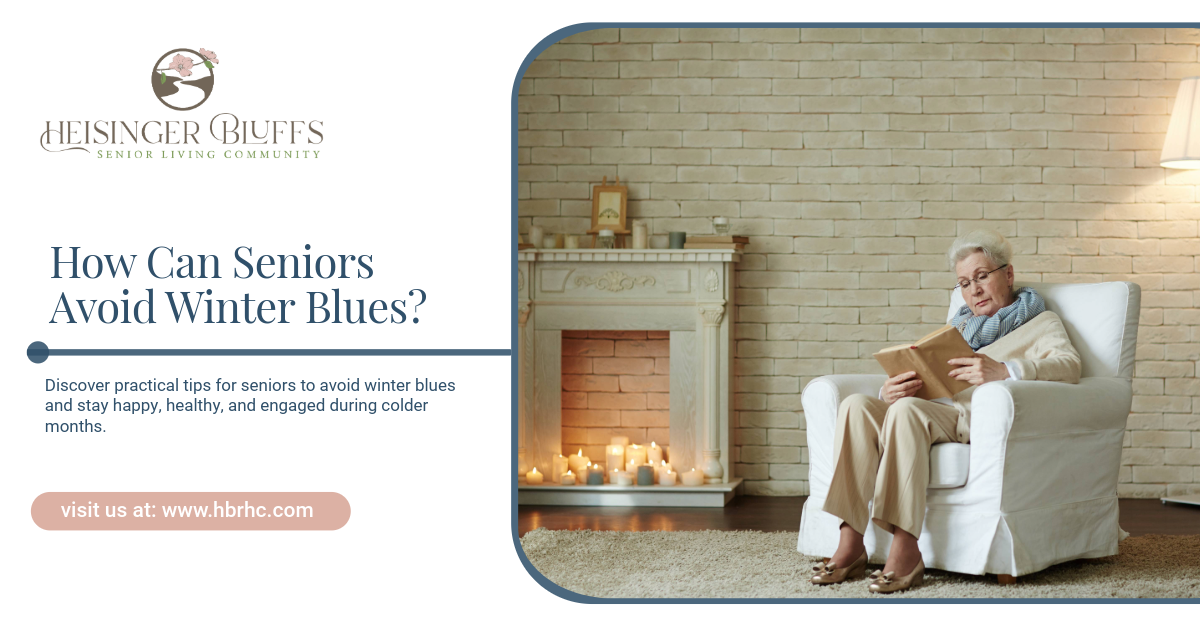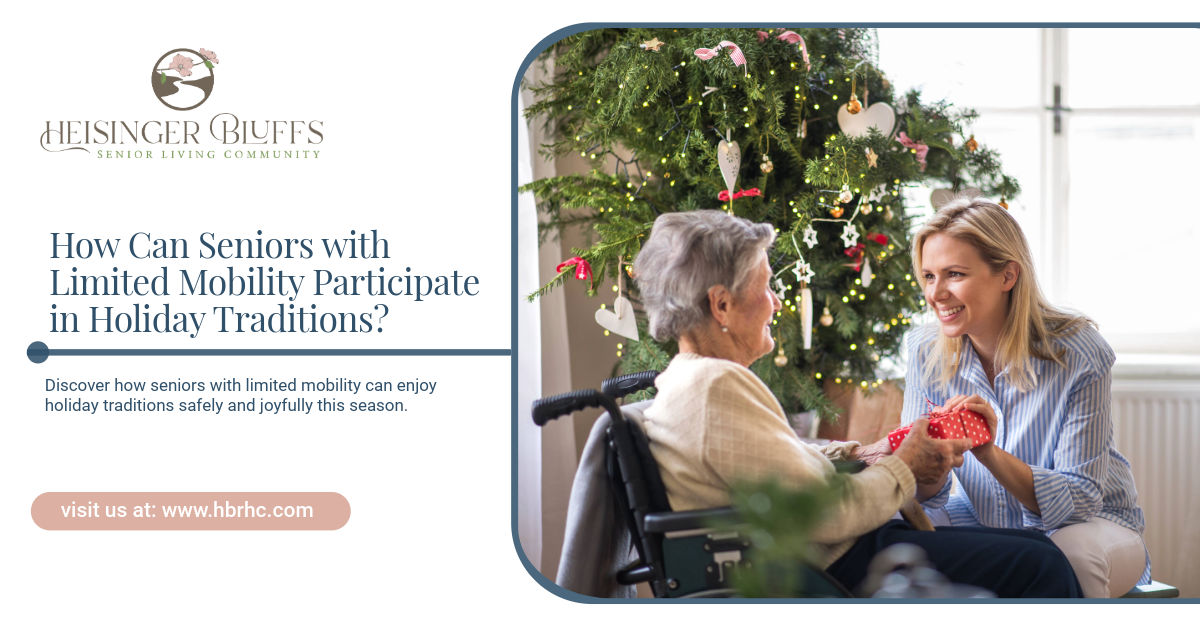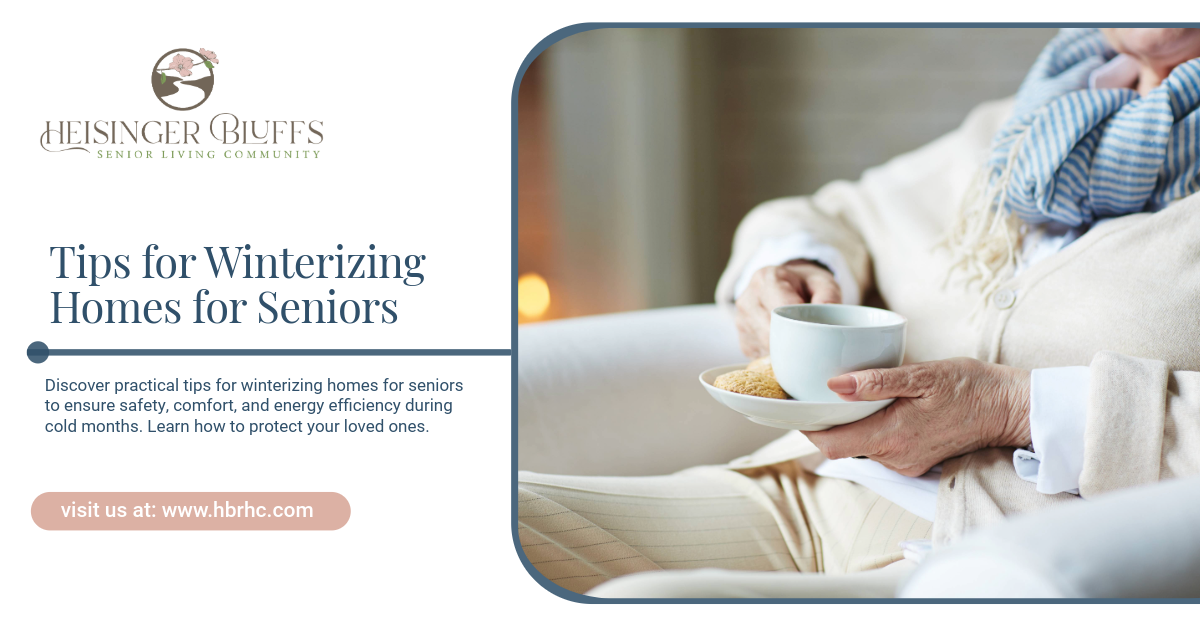How Independent Living Residents Stay Active Year-Round
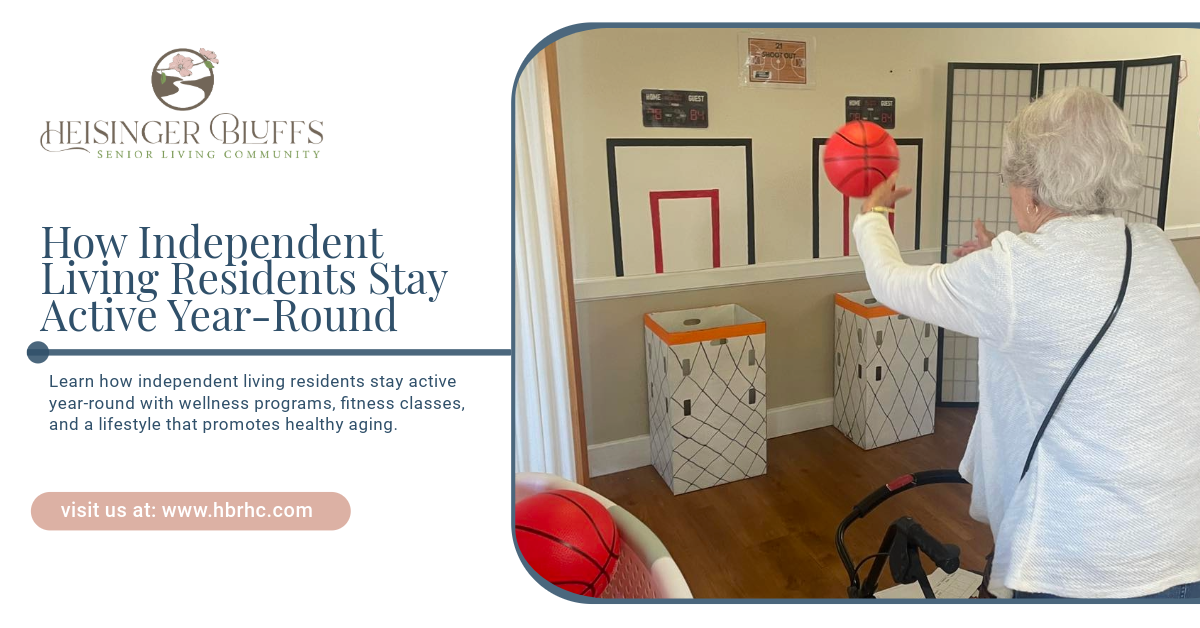
Staying active isn’t just about physical health—it’s about enjoying life to the fullest. For older adults, regular movement, fitness, and social engagement are key ingredients for maintaining independence, mental clarity, and overall wellbeing. In independent living communities, residents are empowered to stay fit and active all year long, thanks to a lifestyle that promotes health through accessibility, community, and fun.
This blog explores the many ways independent living residents maintain their activity levels throughout the seasons. Whether it’s through group fitness classes, walking clubs, or mentally stimulating activities, independent living makes it easier—and more enjoyable—to keep moving.
The Importance of Staying Active as We Age
Before diving into how independent living supports active lifestyles, it’s important to understand why staying active is so vital in later years.
Benefits of Staying Active for Seniors:
- Improves balance and reduces fall risk
- Enhances cardiovascular and muscular health
- Boosts mental health and reduces symptoms of depression or anxiety
- Promotes independence and functional mobility
- Encourages socialization and reduces loneliness
- Improves cognitive function and memory
Regular physical activity is strongly linked to a better quality of life. Independent living communities understand this and are designed to encourage movement and engagement—every day, all year round.
Fitness Programs Tailored for Older Adults
Independent living communities typically offer a variety of on-site fitness programs geared toward the needs and abilities of older adults. These classes and activities are designed to be safe, low-impact, and effective.
Popular Fitness Classes Include:
- Chair Yoga: Improves flexibility, posture, and balance without putting strain on joints.
- Tai Chi: A gentle martial art known for promoting relaxation, stability, and strength.
- Water Aerobics: Great for joint health and cardio fitness with minimal impact.
- Resistance Training: Builds muscle mass and supports bone health.
- Balance and Flexibility Classes: Reduce the risk of falls and promote daily mobility.
Most communities have dedicated fitness instructors trained in senior wellness, ensuring residents can enjoy exercise safely and confidently.
Indoor and Outdoor Walking Opportunities
Walking is one of the easiest and most accessible forms of exercise—and it’s highly encouraged in independent living communities.
Year-Round Walking Amenities May Include:
- Indoor walking tracks or hallways with handrails for winter or inclement weather
- Outdoor walking trails with scenic landscaping, benches, and safe pathways
- Walking clubs that provide social motivation and accountability
- Step-count challenges and other fun incentives to promote daily movement
Regardless of the weather, residents have ample opportunities to get their steps in.
Recreational Activities That Keep Bodies Moving
Not all movement has to happen in the gym. Many independent living residents stay active through recreation and hobbies that involve physical motion.
Fun and Engaging Activities Include:
- Dance classes (ballroom, line dancing, or Zumba Gold)
- Pickleball, bocce ball, or horseshoes
- Gardening in raised beds or greenhouse areas
- Group outings that involve light walking (museums, parks, farmers markets)
- Wii Sports or virtual reality games designed for seniors
These types of recreational activities often don’t feel like “exercise,” but they offer physical benefits while keeping things fun and social.
Mental Fitness Is Just As Important
Staying active isn’t just about physical movement. Mental stimulation plays a critical role in long-term wellness and vitality.
Ways Independent Living Supports Mental Activity:
- Brain games such as puzzles, trivia, or Sudoku clubs
- Book clubs and discussion groups
- Art, music, and creative writing workshops
- Language classes and educational lectures
- Computer and technology lessons
An active mind contributes to better memory, sharper thinking, and a more engaged lifestyle.
Seasonal Activities That Encourage Movement
Throughout the year, independent living communities adapt their activity calendars to includeseasonal fitness opportunities that celebrate the changing weather while keeping residents on the move.
Seasonal Movement Ideas:
- Spring: Garden planting, nature walks, bird watching excursions
- Summer: Outdoor yoga, pool parties, patio games, farmer’s market visits
- Fall: Leaf-peeping strolls, harvest festivals, apple picking trips
- Winter: Indoor walking clubs, stretching classes, holiday decorating events
With so much variety, staying active never gets boring.
Supportive Environments That Remove Barriers to Activity
One of the biggest advantages of independent living is that everything is designed to promote safety and ease of movement. Unlike traditional homes, these communities remove many barriers that might discourage physical activity.
How the Environment Encourages Activity:
- Single-level apartments or elevators to avoid stairs
- Wide hallways and open common areas for easier walking
- Grab bars, handrails, and non-slip flooring
- On-site fitness centers and wellness rooms
- Scheduled transportation for outings and fitness-related events
The physical design of the community, paired with access to staff support, helps residents stay mobile with confidence.
Wellness Programs That Motivate and Inspire
In addition to physical fitness,comprehensive wellness programshelp residents adopt and maintain healthy habits across all dimensions of wellness: physical, emotional, social, spiritual, and intellectual.
Wellness Offerings May Include:
- One-on-one wellness coaching
- Health screenings and preventive care
- Nutritional guidance and healthy meal options
- Mindfulness and meditation sessions
- Goal-setting and wellness tracking programs
Many communities take a personalized approach, helping residents find a wellness routine that suits their lifestyle and interests.
Social Motivation: The Secret Ingredient
Staying active is easier when you're doing it with friends.Social support plays a major role in long-term fitness success, and independent living makes it easy to connect.
How Community Builds Accountability:
- Group fitness creates camaraderie and routine
- Friendships encourage participation and fun
- Peer-led activities increase engagement
- Staff-led challenges bring residents together
Whether it's joining a walking group or trying a new hobby with a neighbor, staying fit becomes something to look forward to—not a chore.
Safe and Smart Use of Technology
Many independent living communities are embracing technology to support fitness. From virtual classes to wearable fitness trackers, there are more tools than ever to help residents stay active.
Examples of Tech Tools:
- Fitness apps for tracking steps, workouts, or wellness goals
- Virtual fitness classes for yoga, stretching, or cardio
- Smart TVs or tablets with access to guided meditation and workouts
- Health kiosks that monitor vitals like blood pressure or weight
These technologies are senior-friendly and often supported by on-site staff who can help residents get started.
Why Independent Living Supports Lifelong Fitness
Independent living communities are more than just a place to live—they’re built for vibrant, healthy aging. With amenities, programming, and staff all focused on wellness, residents have everything they need to maintain an active lifestyle, no matter the season.
Whether it’s taking a morning walk with a friend, trying out a new class, or simply enjoying a dance night, residents find that staying active is easier—and more fun—when you're part of a community that supports your goals.
Stay Active and Thrive at Heisinger Bluffs
If you or a loved one is exploring senior living options that promote independence, wellness, and year-round activity,Heisinger Bluffs offers a warm, welcoming environment with everything needed for a healthy, fulfilling lifestyle. From fitness programs to social events and personalized wellness support, Heisinger Bluffs helps residents live their best life every day.
Frequently Asked Questions
Are fitness classes at independent living communities suitable for all ability levels?
Yes! Classes are designed with older adults in mind, including modifications for all ability levels. Residents can choose classes that suit their needs and comfort.
Do residents have to pay extra for fitness or wellness programs?
Most fitness and wellness programs are included in the monthly fee. Some specialty programs or personal training may come with an additional cost, depending on the community.
What if a resident has mobility limitations—can they still participate?
Absolutely. Many programs offer seated or low-impact options. Independent living communities are inclusive and aim to help every resident stay as active as possible.
Sources:
- https://www.cdc.gov/physical-activity-basics/health-benefits/older-adults.html
- https://pmc.ncbi.nlm.nih.gov/articles/PMC7752999/
- https://asifsanwal8.medium.com/walking-is-one-of-the-simplest-most-accessible-forms-of-exercise-and-it-offers-numerous-benefits-160c29fda0ca
- https://newsroom.clevelandclinic.org/2022/12/09/why-socialization-is-important-for-older-adults
